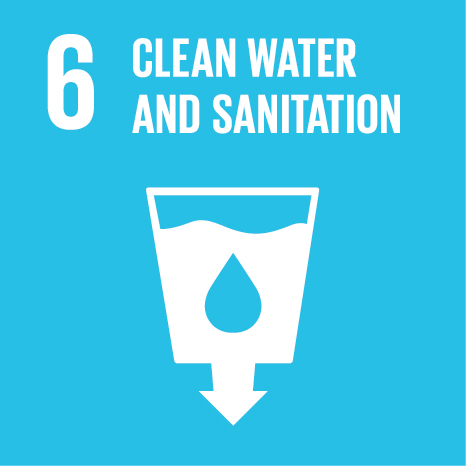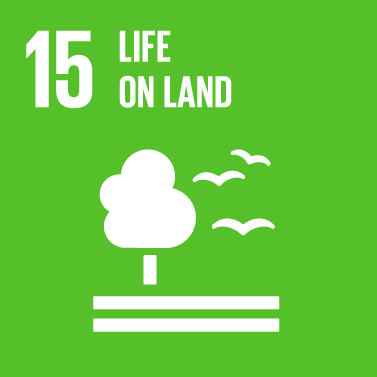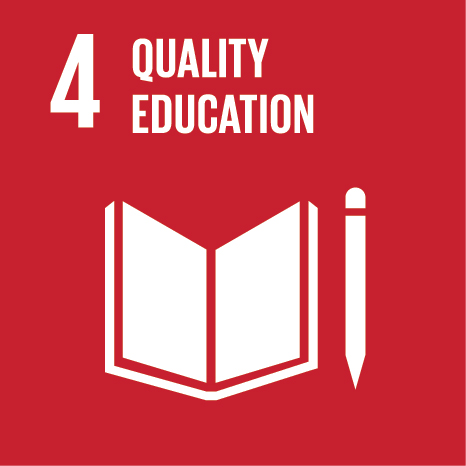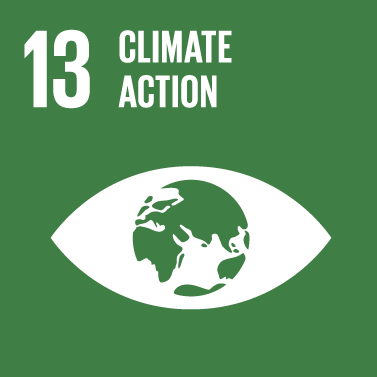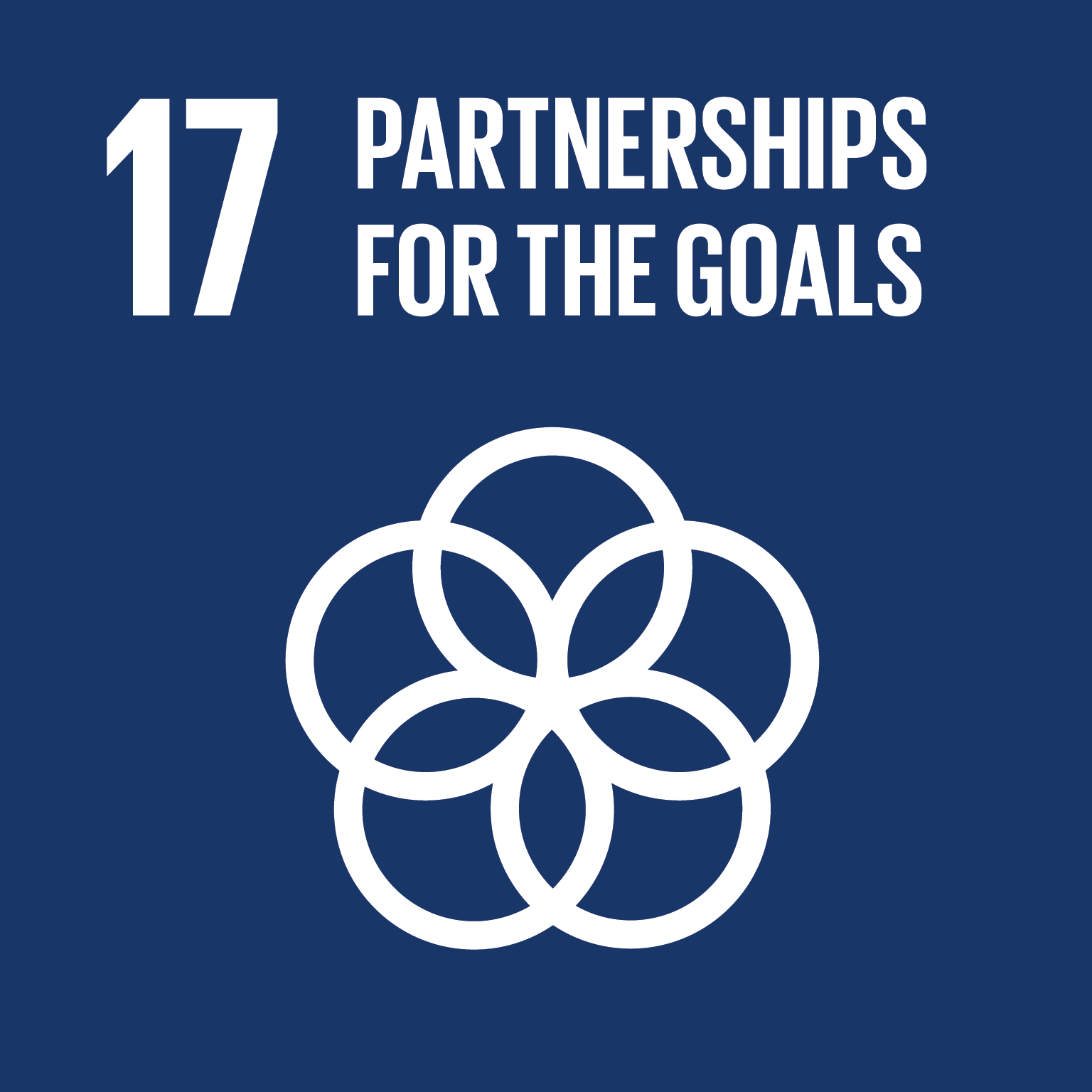Mission
Introduction
Subterranean Ecosystems as caves are part of karst landscapes. It is a fascinating landscape created by dissolution of limestone with pristine cave systems and underground rivers resurging in springs. Such areas are of natural beauty and often protected as UNESCO geo-parks. Karst is a complex system characterized by underground drainage over large distances. It is providing drinking water, highly adapted biodiversity and ecotourism services to the local community.
Our mission is the conservation and development of this unique landscape within the Sustainable Development Goals (SDGs) of the United Nations (Agenda 2030). We contribute with our solid local expertise and know-how about Karst & Caves in Myanmar obtained by intense field work and supported by an established local network since the foundation of the project in 2009. All results are published and are available for karst education and subsequent research.
Our contributions focus on the SDG goals:
|
Goal 6: Karst aquifers store large quantities of drinking water and are an underestimated resource.
It is endangered by mining, dams and uncontrolled disposal of industrial or farming waste.
Drainage in karst is underground over large distances and contamination can happen unintentional.
The project contributes with its documentation to understand and model underground water flows.
This is the basis for managing the use of ground water in a sustainable approach.
|
||
|
Goal 15: The fauna in karst is highly adapted to the dry, dark and mineral environment. Therefore often new species are discovered. Less known are bacteria that exist in isolated spaces and are of interest for new pharmaceutics.
The karst database and cave maps generated by the project identify suitable sites and enable research and scientific publications. On its base fifteen new species of cave geckos were discovered by our partner FFI in Shan State in 2016
|
||
|
Goal 4: Caves for religious and tourism purpose are well established in Asia. Many sites are protected. This aspect is underdeveloped in Myanmar with no designated geo-parks and caves often “gardened” by monasteries resulting in severe modification of speleothems and destroying biodiversity.
The project contributes with its expertise about karst and how to protect it. It raises awareness of the complexity by Karst & Cave trainings. A first cave training was done in June 2017 with twenty two trainees from several organizations attending.
|
||
|
Goal 13: Speleothems store climate information that are used for climate modelling. Also sediments
and the layer sequences in caves provide similar information. The project provides an overview of
suitable sites for further scientific research.
|
||
|
Goal 17: The Ecosystem Karst is complex involving many disciplines ranging from geology, water, biology and geography. For the sustainable management the cooperation between government institutions, industry and local communities is essential.
The project contributes with its local expertise and access to a worldwide network of experts within the IUCN specialist workgroups and national caving societies
|

